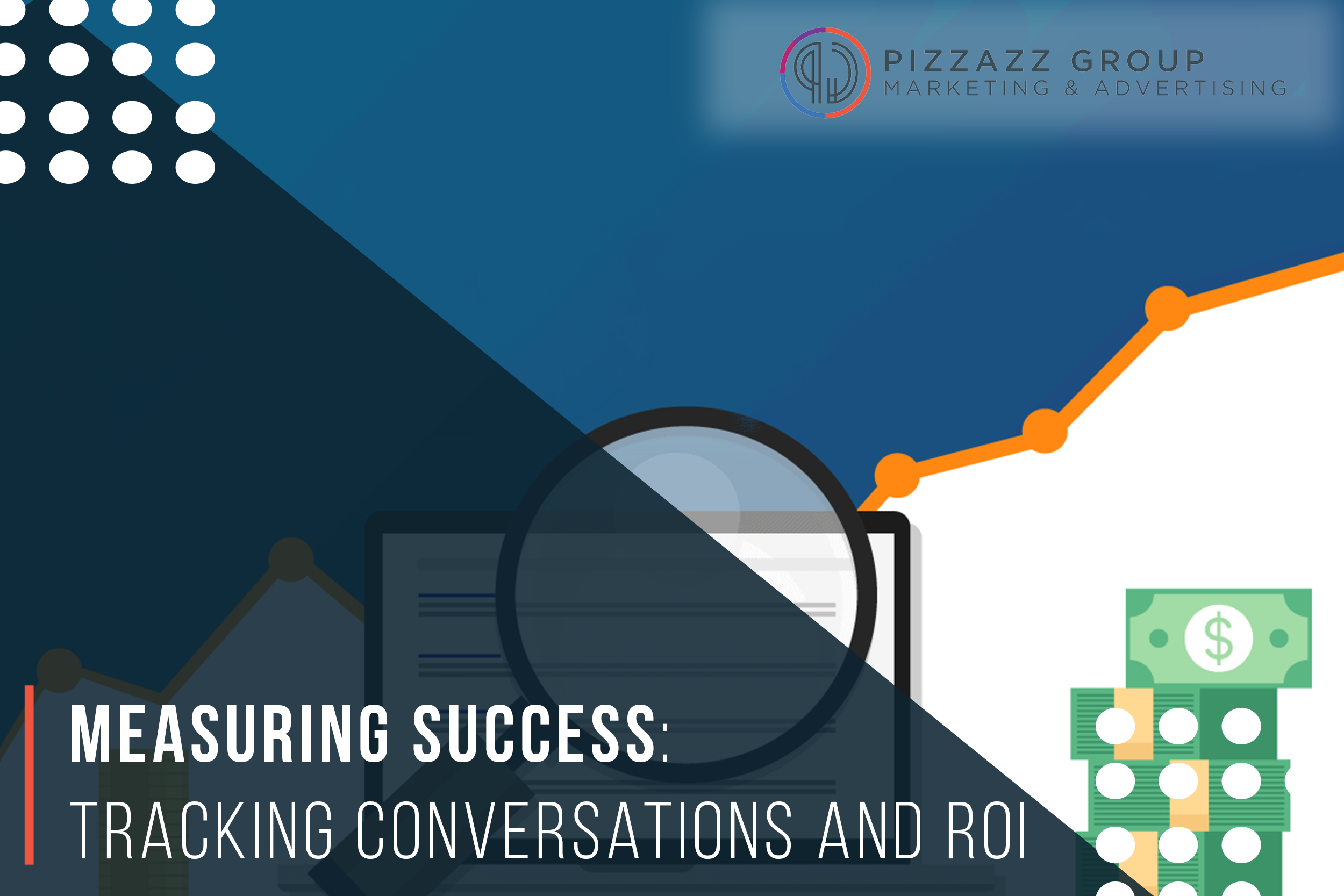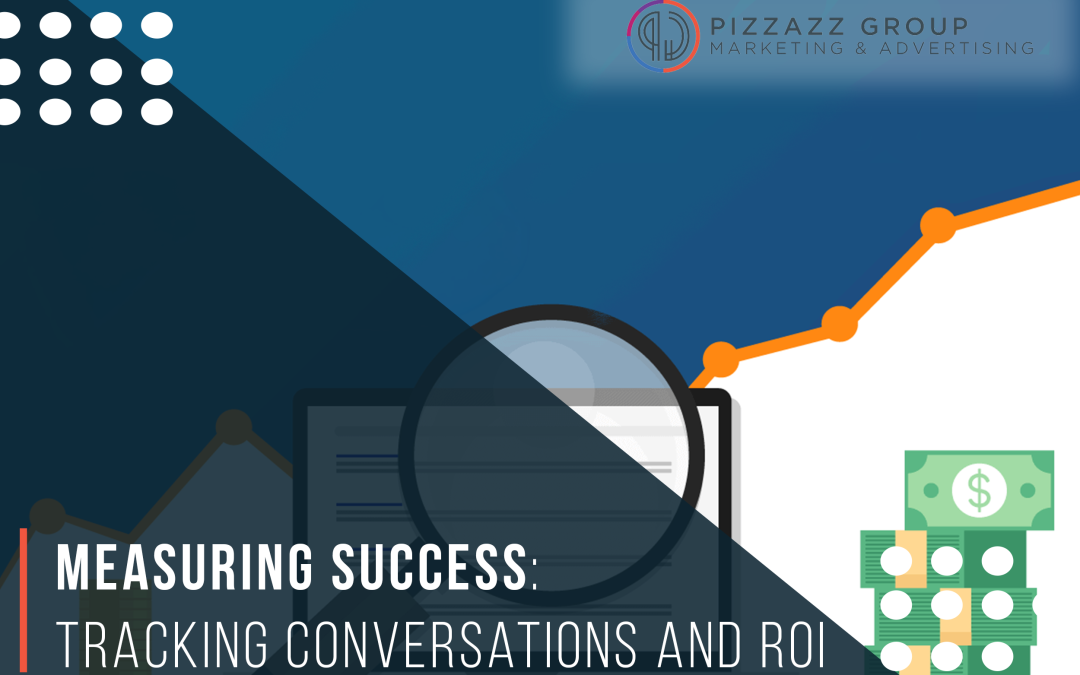
Importance of Tracking Conversions and Google My Business ROI
Importance of Tracking Conversions and Google My Business ROI

1. Quantify Business Impact: Measure how GMB activities, such as posts, updates, and reviews, translate into tangible outcomes, such as website visits, calls, and store visits.
2. Optimize Marketing Strategies: Identify which GMB features and content resonate most with your audience and contribute most effectively to customer engagement and acquisition.
3. Allocate Resources Effectively: Understand the ROI of your GMB efforts to allocate budget and resources strategically across your digital marketing channels.
Strategies for Tracking Conversions and ROI with Google My Business
1. Set Up Conversion Tracking
• Website Visits: Use tools like Google Analytics to track traffic from your GMB profile to your website.
• Phone Calls: Enable call tracking using Google forwarding numbers or third-party call tracking software to attribute calls directly to your GMB profile.
• Directions Requests: Monitor requests for directions to your physical location through Google Maps insights or integrated tracking tools.
2. Utilize Google My Business Insights
• Performance Metrics: Leverage GMB Insights to track key performance indicators such as views, searches, actions (clicks on website links, calls, direction requests), and photo views.
• Comparative Analysis: Compare trends over time to identify spikes in activity related to specific GMB updates, promotions, or seasonal campaigns.
3. Implement Conversion Actions
• Create Clear CTAs: Encourage user actions by including clear call-to-action (CTA) buttons in your GMB posts, such as “Book Now,” “Call Now,” or “Get Directions.”
• Track Actions: Use GMB Insights or third-party tools to monitor the number of clicks on CTAs and subsequent conversions.
4. Attribute Offline Conversions
• Offline Tracking: Use unique coupon codes, QR codes, or specific landing pages promoted through GMB to track offline conversions, such as in-store purchases or appointments booked.
5. Analyze Customer Reviews and Feedback
• Customer Feedback: Monitor trends and sentiment in customer reviews to gauge the impact of positive and negative feedback on customer acquisition and retention.
• Respond Strategically: Address issues raised in reviews promptly to mitigate negative impacts and enhance positive customer experiences.
Key Metrics to Monitor
• Total Actions: Measure the total number of actions taken by users on your GMB profile, such as website visits, calls, direction requests, and clicks on CTAs.
• Click-to-Call: Track the number of calls generated directly from your GMB profile using call tracking numbers.
• Website Traffic: Monitor traffic from GMB to your website, including page views, bounce rates, and conversion rates.
• Direction Requests: Analyze the number of users who requested directions to your business location through Google Maps.
• Photo Views and Engagement: Assess the impact of visual content by tracking the number of photo views and user engagement with photos on your GMB profile.
Real-World Examples of Effective Conversion Tracking
1. Chiropractor
2. Gym
3. Go Kart Racing
Conclusion
Remember, continuous monitoring and analysis of key metrics allow businesses to adapt their strategies, refine content, and allocate resources effectively to maximize ROI from their GMB profiles. By focusing on driving meaningful actions—from website visits to phone calls and store visits—businesses can enhance customer acquisition, retention, and overall business growth in the competitive digital landscape.
For more information on Google Map Marketing, contact Pizzazz Group at customer@pizzazzgroup.com or by calling (614) 350-1681.
Related Google Map Marketing Blogs
The Importance Of Google Reviews For Your Business Profile
Online reviews influence consumers’ purchasing decisions. As part of your Google Business Profile, these reviews not only impact your visibility in local search results but also play a pivotal role in building trust, enhancing credibility, and ultimately driving...
Using Google Posts To Engage With Your Audience
Google posts offer a dynamic platform for businesses to share timely updates, promotions, events, and valuable content directly on Google Search and Google Maps. This comprehensive guide explores the benefits of Google posts, strategies for creating engaging posts,...
The Power of Google Business Profiles: Introduction
One of the most effective tools for enhancing local visibility and connecting with potential customers is Google Business Profiles, formerly known as Google My Business. This comprehensive guide explores the power of Google Business Profiles, its benefits, best...





